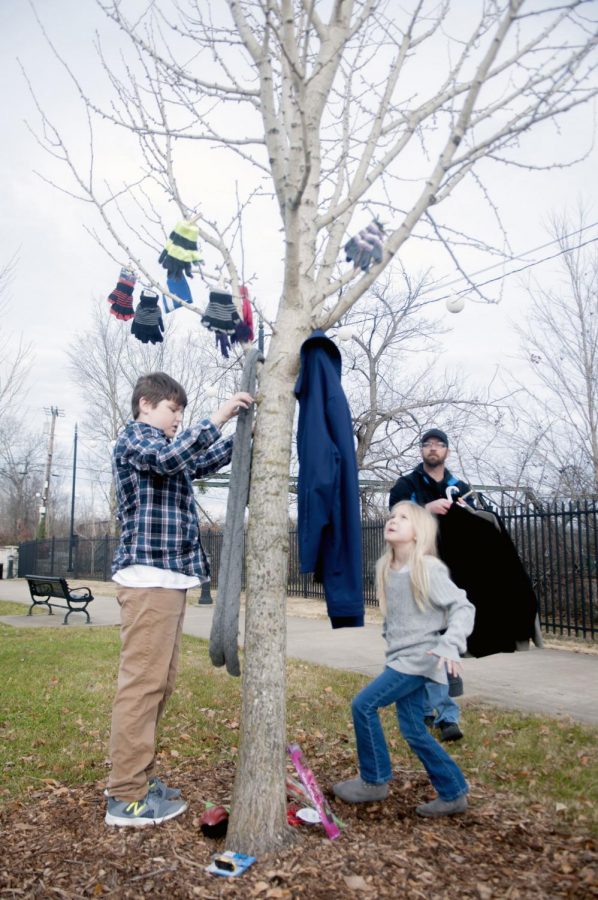The Alarmingly High Suicide Rates in Young Americans
September 17, 2018
The suicide of a nine-year-old boy by the name of Jamel Myles has opened up the eyes of many, allowing the discussion of suicide in teens and pre-teens to come into light. The Centers for Disease Control and Prevention have reported that suicide rates have risen by about 25 percent in the last few decades, a rise in mental illness being one of the suspected reasons. With school starting back, what does this mean for America’s youth?
Jamel’s lifeless body was found hanging in his room by his mother, Leia Pierce, four days after he had started fourth grade at Joe Shoemaker Elementary School. Pierce says that Jamel killed himself due to homophobic bullying after he came out to his classmates as gay. It’s reported that Jamel had his older sister had been frequently bullied at school a year before the incident. Pierce says that Jamel told her oldest daughter, Shayla, that the kids at school told him to kill himself. “I’m just sad that he didn’t come to me.”
It’s not uncommon for people like Jamel who have also experienced bullying to avoid going to a trusted adult. Studies show that only 20-30 percent of children in grades 4-12 to actually report said behavior. Statistics on ditchthelabel.org show that 54 percent of people under 25 have reported being bullied at some point, with people who identify as LGBTQ+ more likely to experience bullying, almost a quarter of those same people having developed suicidal thoughts.

While bullying can influence suicidal thoughts and affect a person’s mental health, the cause of suicide is unknown. There are many risk factors though, some include major psychiatric illness (e.g., depression, bipolar disorder, schizophrenia), substance abuse, family history of suicide, difficulties with relationships, losing the will to live, the death of a loved one, unbearable emotional or physical pain, and loss of self-esteem. There are no federal anti-bullying laws, 49 states do have anti-bullying legislation. Bullying is only considered illegal when it is also harassment. “When a youth dies by suicide, it is misleading to cover the story as a crime. Rather consider it as a public health issue,” says stopbullying.gov.
A person who is at risk of committing suicide may show signs, these could include anything from withdrawal from friends and family to giving away personal possessions. A person considering suicide doesn’t always seem sad though, as some may consciously, or unconsciously, mask their feelings with agitation, hyperactivity, restlessness or other behaviors that exhibit excessive energy.
If you or a loved one is having suicidal thoughts, don’t be afraid to reach out. Medical professionals are the most qualified to deal with suicidal tendencies; someone considering suicide should have an evaluation done by a professional who can recommend treatments such as therapy, medical intervention, psychiatric treatment, etc. There is also telephone counselling, crisis lines, and suicide hotlines one could call if needing to talk to an anonymous counselor. Here are a few:
Bullying: 1-800-420-1479
Self harm: 1-800-DONT-CUT or 1-800-HELP
Eating Disorders: 1-847-831-3438
Lifeline: 1-800-273-8255
Trevor Project: 1-866-488-7386 (Suicide hotline for LGBTQ+ youths)
Grief Support: 1-650-321-3438
Runaway: 1-800-843-5200 or 1-800-843-5678
Depression: 1-630-482-9696
Abuse: 1-800-799-7233 or 1-800-787-3224
Crisis Text Line: 741-741
Anxiety: 1-310-855-4673 or 1-800-852-8336
Teen Line: 310-855-4673 or teenlineonline.org (website)
Addiction: 800-910-3734
Poison Control: 1-800-222-1222
Transgender Lifeline: 877-565-8860
LINK TO GLOBAL SUICIDE HOTLINES:


